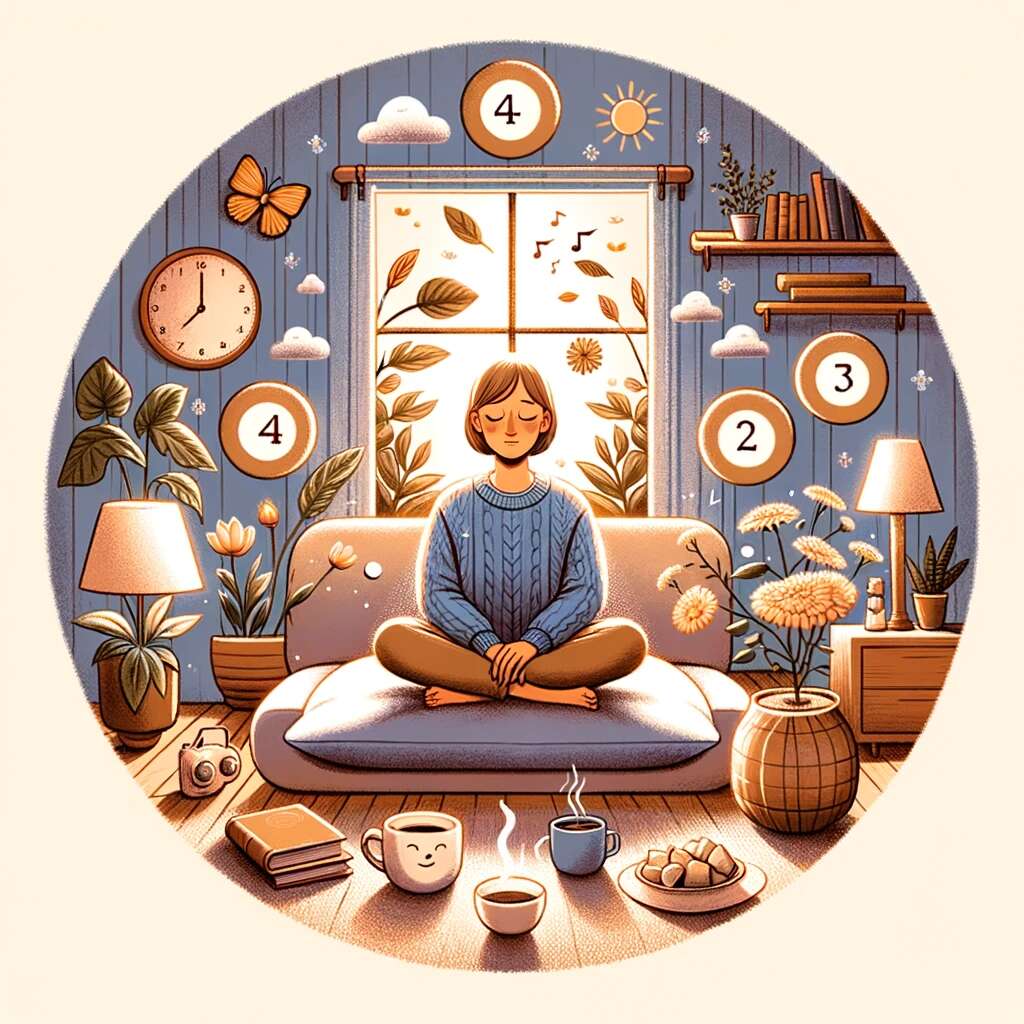The 5-4-3-2-1 Coping Technique for Anxiety: A Comprehensive Guide
Anxiety is a common mental health challenge that affects millions of people worldwide. It can manifest in various forms, from generalized anxiety disorder to panic attacks, social anxiety, and more. Fortunately, there are many strategies available to help manage anxiety, and one of the most effective and easy-to-learn is the 5-4-3-2-1 coping technique. This method is a form of mindfulness exercise that helps ground an individual in the present moment and can be particularly useful during periods of high stress or anxiety.

Understanding the 5-4-3-2-1 Method
The 5-4-3-2-1 technique is a simple yet powerful tool that leverages our senses to bring us back to the present. It’s designed to interrupt the escalating cycle of anxiety by focusing on the external environment rather than internal thoughts and sensations that may be fueling the anxiety.
How It Works
The method involves going through your five senses and consciously identifying specific elements in your surroundings. Here’s a breakdown:
- Identify 5 things you can see: Look around and notice five things that you hadn’t noticed before. Maybe a pattern on a wall, light reflecting from a surface, or a small object that you’ve never really looked at.
- Identify 4 things you can feel: Pay attention to the sensation of your clothing on your body, the air on your skin, or the texture of an object that you can touch.
- Identify 3 things you can hear: Close your eyes and listen carefully. Identify three sounds you can hear, whether it’s the distant hum of traffic, the ticking of a clock, or birds chirping outside.
- Identify 2 things you can smell: Notice any smells around you. If you can’t immediately smell anything, try to recall two favorite smells, or move to a different spot to catch a whiff of something else.
- Identify 1 thing you can taste: Take a sip of a drink, chew gum, eat something, or simply notice the current taste in your mouth.
The Benefits of the 5-4-3-2-1 Method
Immediate Grounding
This technique brings immediate focus to the present, helping to halt escalating anxious thoughts. By engaging with the current moment, the mind has less space to entertain anxiety-inducing thoughts.
Accessibility
One of the greatest advantages of this method is its accessibility. It can be done anywhere and doesn’t require any special tools or conditions.
Versatility
It’s versatile and can be used in various situations, whether you’re at home, at work, or in a public place.
Skill Development
Regular use of the 5-4-3-2-1 technique can help develop mindfulness skills, improving overall mental health and resilience.
Tips for Practicing the 5-4-3-2-1 Method
- Practice Regularly: Like any skill, the more you practice, the more effective it becomes. Regular practice can help reduce the intensity and frequency of anxiety symptoms over time.
- Stay Engaged: Try to engage fully with the process. Notice the small details of what you see, feel, hear, smell, and taste.
- Use It as Part of a Broader Strategy: While the 5-4-3-2-1 method is effective, it’s important to use it as part of a broader anxiety management strategy, which might include therapy, medication, or other mindfulness techniques.
- Adapt It to Your Needs: Feel free to adapt the technique. For example, if you’re in a situation where you can’t focus on smell or taste, concentrate more on the other senses.
Conclusion
The 5-4-3-2-1 technique is a valuable tool in the battle against anxiety. It’s simple, accessible, and can be a powerful part of your mental health toolkit. Remember, while self-help strategies like this one can be incredibly effective, they’re not a substitute for professional medical advice. If you’re struggling with anxiety, it’s important to seek help from a healthcare provider.
By incorporating the 5-4-3-2-1 method into your daily routine, you can gain more control over your anxiety, leading to a calmer, more grounded life.
